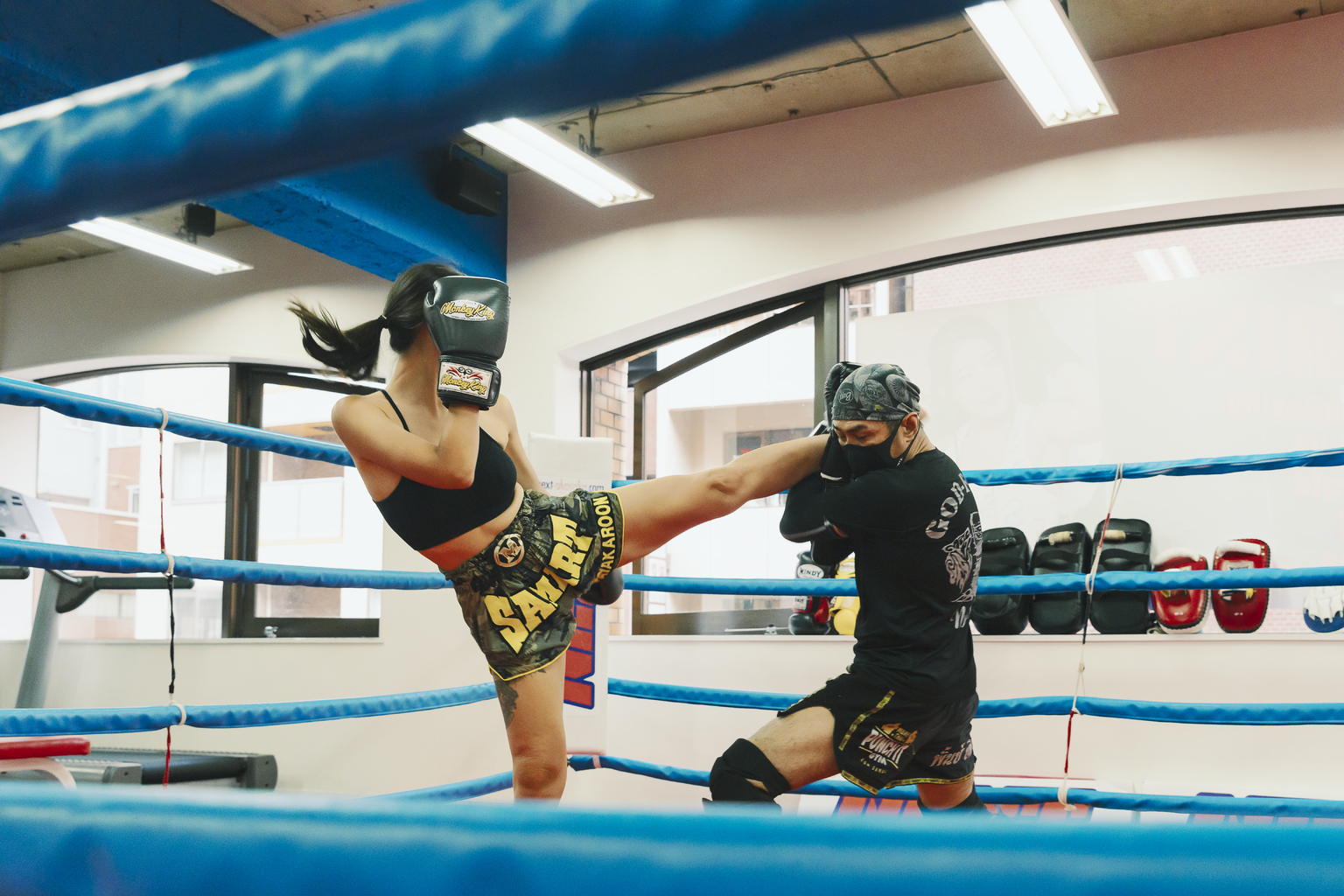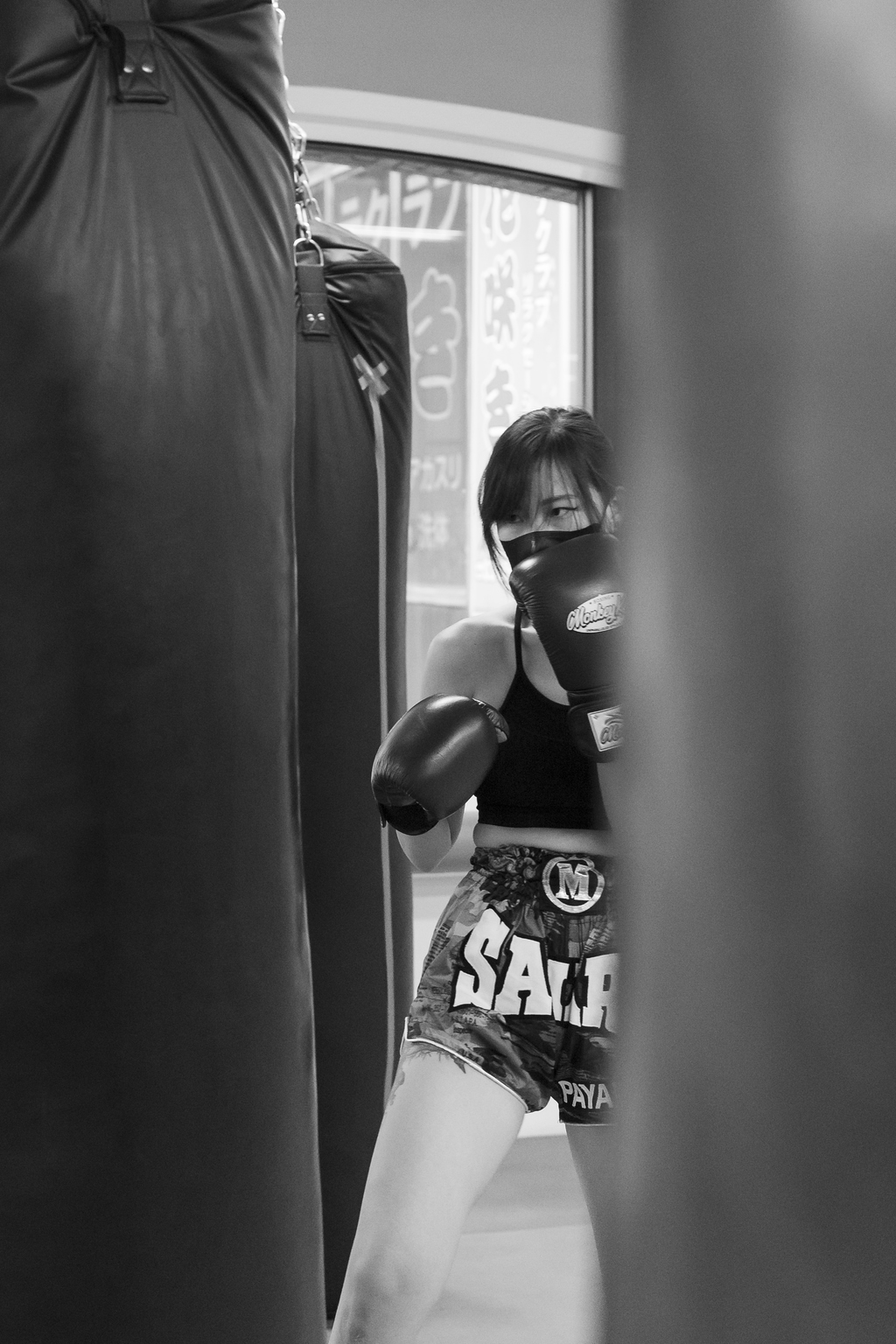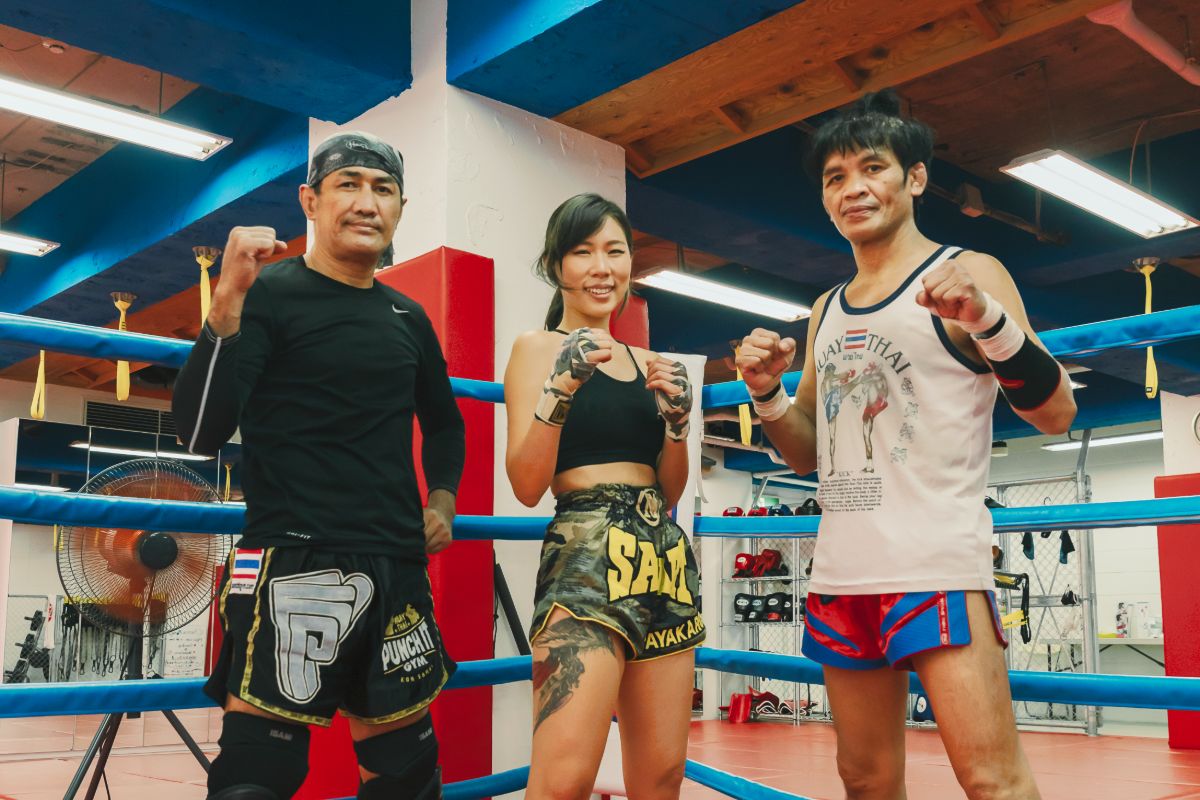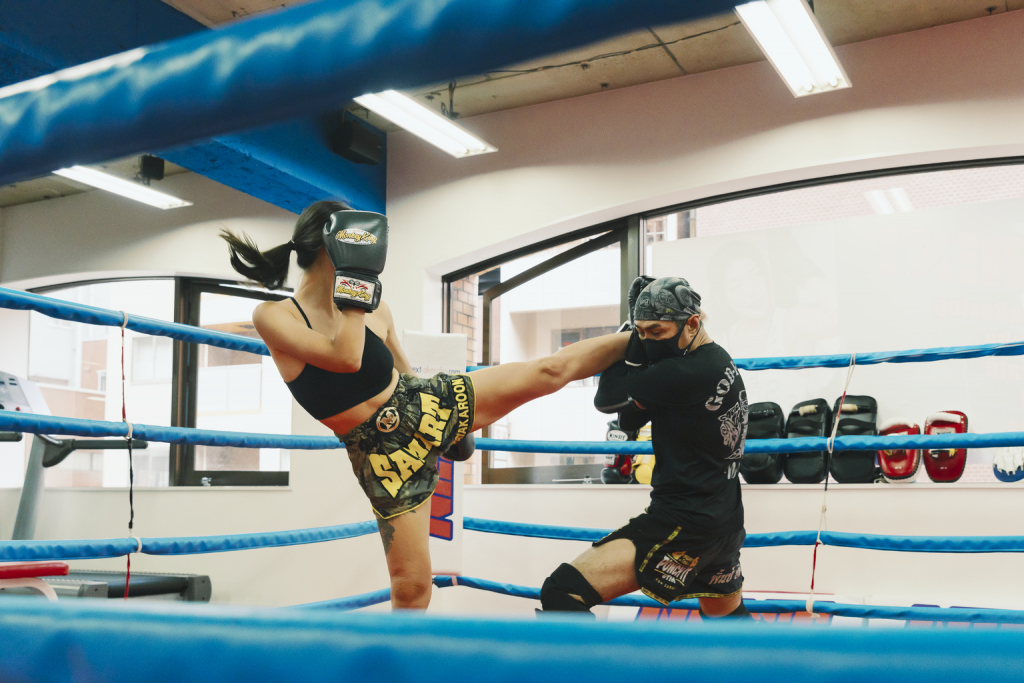The end of 2016 was the lowest point in my life. I was still living in Sydney, Australia and it was late on a Friday night. I found myself standing out on the balcony of my apartment, the highest floor in my building, staring down at the ground beneath for at least half an hour. Not thinking anything, not feeling anything, just paralyzed. I eventually found the strength to look away.
There’s no beautiful origin story to how I discovered Muay Thai, even though it was instrumental in my recovery from depression. I told myself that I needed to make a big change so I could regain control of my life. Shortly after that episode, I googled ‘martial arts with no expectations’ and a Muay Thai gym just happened to be the first result. What followed changed me forever and put me on a journey that I’m still on: Be a better person than I was yesterday.
When I knew I was moving to Japan for work, finding a new Muay Thai gym was the biggest priority for me. I’d been to gyms on previous trips to Japan, so I had some fairly good leads on where to go. But it was a chance meeting in Sydney with a Japanese man who was visiting my gym that led me to where I am today at Next Akasaka Base. We sparred with each other and spoke briefly, realizing that he was permanently moving to Sydney as I was permanently moving to Tokyo. It was like an unplanned exchange program and I remain grateful to this day that he opened up to me and gave me the gift of my first true home in Tokyo.

Finding authentic Muay Thai in Japan can be challenging but it’s not for the country’s lack of interest in martial arts. On the contrary, the scene is thriving, much more than I ever witnessed in other countries in which I’ve lived. It’s easy to find karate dojos, kickboxing and Jiu-Jitsu gyms, kick-fitness programs and all manner of mixed martial arts in between. It’s precisely the popularity of martial arts, overall, that has led to a lot of these disciplines becoming mixed.
With that said, as Muay Thai is still one of the most respected forms of striking, many professional fighters in Japan train themselves in it or take advantage of some of its techniques to improve their fighting game. Genji Umeno is one of Japan’s top fighters who embraces both Muay Thai and kickboxing styles. He’s a former Rajadamnern champion and has also held WBC Muay Thai and WPMF (World Professional Muay Thai Federation) belts in his career. Kaew Weerasakreck on the other hand, is a Muay Thai fighter who has earned the nickname “the Japanese killer” for his years of kickboxing success within the K-1 World GP Tournament at his particular weight class. In Japan, circuits like BOM exist which promote full Muay Thai rules fight cards within their promotions. RISE, a Japanese kickboxing promotion group, will also sometimes invite international fighters, including those from Thailand to fight on their cards under kickboxing rules. The strong legacy of kickboxing in ’90s Japan means there are also several retired Thai fighters who still reside in Japan and continue their involvement in the sport as trainers.

Despite being someone of moderate fitness when I first started, Muay Thai was and still is one of the hardest and most physically demanding sports I’ve ever experienced. A Muay Thai class can vary depending on the preference of the trainer leading it. But it often includes rope skipping and shadow boxing as the warm-up, pad training with the trainers or with a training partner and a core workout or sparring at the end. It’s a combination of intense cardio, resistance training and utilizing muscles you didn’t even know you had that makes Muay Thai such a full-body workout. You’ll be sore for a long time but if you keep at it consistently, you’ll soon see toned arms and legs, improved stamina and reflexes. In terms of benefits to mental health, the post-workout clarity has helped me through some of my most challenging times. It’s essentially when I feel most relaxed and most at ease with myself.
If you’re new to martial arts and interested in Muay Thai, I encourage you to look around and visit a few different gyms until it feels right. The culture established by the gym is important and some may offer a softer approach to the sport while others might be where professional fighters train for their matches. Even though sparring and clinching are important aspects to Muay Thai, a trainer shouldn’t force you into doing anything you are uncomfortable with. It also helps to have a basic command of Japanese or to at least learn martial arts vocabulary (left, right, punch, kick, block) as most of these gyms are not bilingual. If you’re worried about the potential brutality of Muay Thai, look for variations to it that still remain true to the core of the sport. Former Muay Thai World Champion and K-1 referee Atsuko Okada offers Kick-Out classes that incorporate techniques used throughout her fighting career but through a dynamic music format which is also zero contact.

It’s been five years since I walked through the door of my first Muay Thai gym. I’m not only physically stronger and mentally more resilient, I have a better sense of my boundaries and how much I can push my abilities to the limit. I’ve met so many good people at gyms across the world who’ve lent me their smiles and their unconditional encouragement to keep training. But perhaps most of all, Muay Thai basically saved my life. It has taught me that there’s light beyond the darkest moments, we just need to kick on.
Photos by Anna Petek
This article was published in Tokyo Weekender’s Nov-Dec 2021 magazine. Flip through the issue by clicking on the image below.









